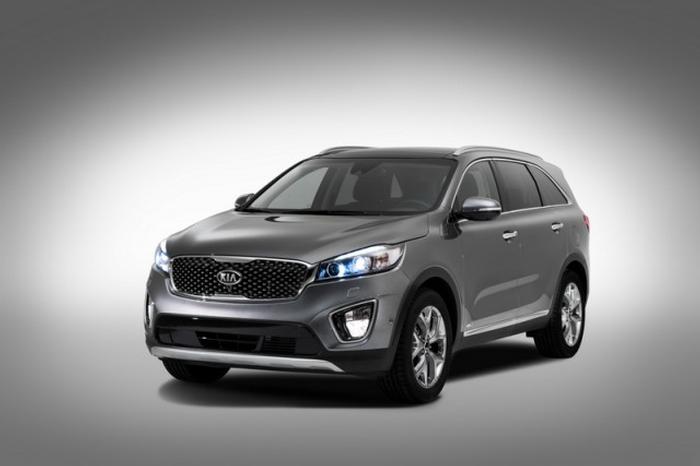2014 - 2020 Kia Sorento SUV Review

Our guide to buying the 2014-2020 Kia Sorento.
Review
What’s it like?
Now that Kia has made the full transition from a once-budget also-ran manufacturer to a genuinely premium, highly desirable company making some of the best modern-day cars out there, you can almost identify the switchover phase where the Korean outfit made the shift into a higher gear. And a great exponent of that is this third-generation Sorento, a large, seven-seat SUV which launched in 2014.
While the first two generations of Sorento were worthy enough things, with the simple appeal of ‘a lot of car for your money’, the Mk3 Sorento was a far more polished, deeply talented and enjoyable creation. So much so that, while you can obviously consider it a rival for the closely related Hyundai Santa Fe, as well as capable rivals such as the Skoda Kodiaq, Nissan X-Trail, Land Rover Discovery Sport and Volkswagen Tiguan Allspace, you might even want to take a look at the Sorento instead of a pricier Audi Q7 or Volvo XC90. It’s that good.
Which model to go for?
Kia kept this simple for the Sorento Mk3’s life – there’s just one engine choice, a 2.2-litre, four-cylinder turbodiesel unit which made 200hp and 441Nm. It’s a strong and smooth engine, bestowing good performance and decent towing capability on the Kia too, with all models able to haul at least 2,000kg of braked trailer.
Initially, the Sorento came with either a six-speed manual gearbox, or alternatively an automatic with the same number of ratios. As this was nearly a decade ago, the auto was less economical than the manual – it uses 6.6 litres/100km and emitted 174g/km of CO2. The manual improved those figures to 5.7 litres/100km and 149g/km respectively, and it was quicker to 100km/h too, at 9.0 seconds versus 9.6 for the auto.
In 2018, the Sorento was facelifted, and a luxurious GT-Line flagship specification was offered, with sportier body styling and the distinctive quad ice-cube daytime running lamps that had previously been seen on Kia’s Cee’d GT hatchback. The 2.2 was carried over but the old six-speed auto, always quite a lumpy transmission, was replaced by a far slicker eight-speed version that was a significant improvement. It came with better efficiency, too, with 6.5 litres/100km and 170g/km, while also trimming the 0-100km/h time to 9.1 seconds. Changes to the manual’s gearing at the same time saw its 0-100km/h time drop to 8.7 seconds.
There are some front-wheel-drive Sorentos on the used market, but most who bought it when new opted for the four-wheel-drive system for both traction and towing benefits. Trim levels included K2, K3, Premium, Platinum and GT-Line (the last of these only available for 2018-on models), but in true Kia fashion even the base K2 came with a decent level of kit, so most Sorentos will have the equipment second-hand buyers want and need. You can’t really go wrong with any specification of the big Kia, to be fair.
Does anything go wrong?
There are no known major faults with this generation of Kia Sorento, so you’re essentially checking that it has been well maintained over its life, that – if it has had signs of hard use or off-road activities – it is all OK underneath, that all the electrics fitted to it work, that on the manual models the clutch isn’t slipping, and that the sixth and seventh seats in the cabin fold away easily. Other than these checks, there’s not much to watch for, except for the usual turbodiesel warning signs of excessive blue or white smoke on cold start-up, indicating the turbo could be on its way out.
Kia issued five recalls for the Mk3 Sorento: one for a potential engine overheating issue; another for a fault with the gearbox locking mechanism (on automatics); a third for damage to the wiring connector of the positive temperature coefficient heater; another for a Frontal Collision-Avoidance Assist error; and the last for a software glitch in the electronic control module of the tow bar.



